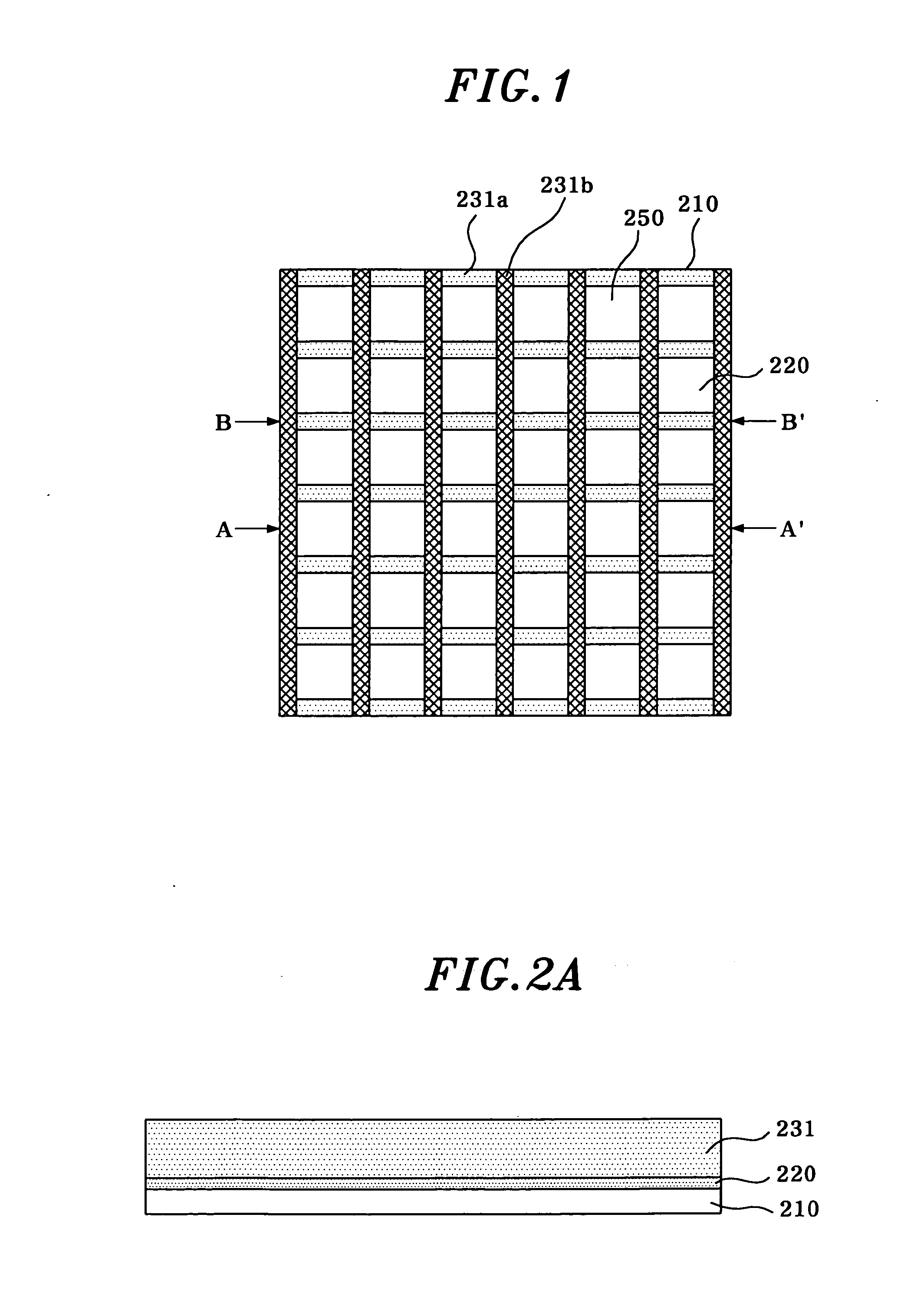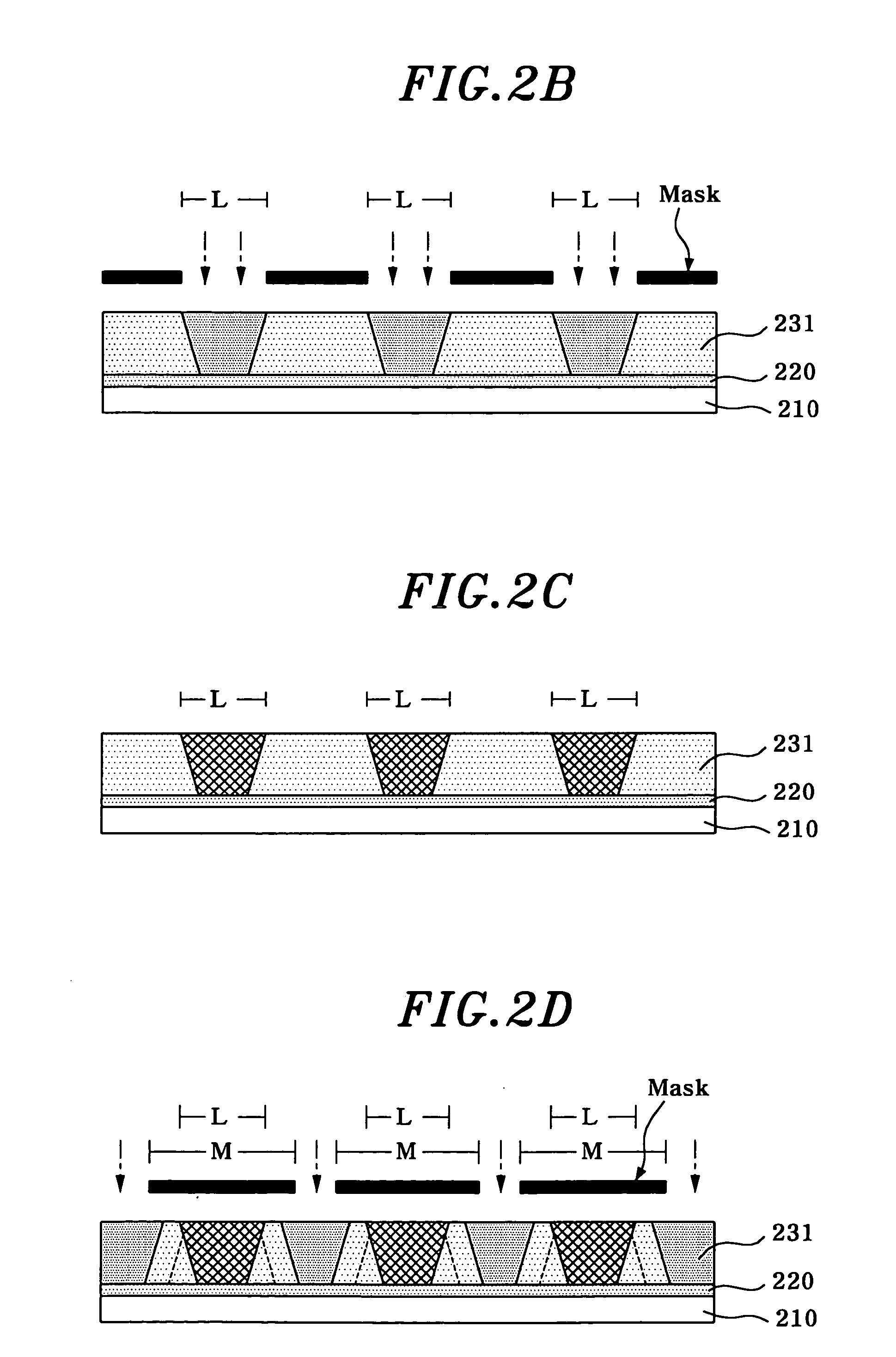Method for manufacturing organic electroluminescence display
a manufacturing method and technology for electroluminescence display, applied in the manufacture of electrode systems, instruments, electric discharge tubes/lamps, etc., can solve the problems of short circuit between, reduced thickness of organic light-emitting layer, and complicated manufacturing process of organic el display
- Summary
- Abstract
- Description
- Claims
- Application Information
AI Technical Summary
Benefits of technology
Problems solved by technology
Method used
Image
Examples
Embodiment Construction
[0047] Hereinafter, preferred embodiment of the present invention will be described in detail with reference to the accompanying drawings.
[0048] In the drawings, thickness of various layers and regions therein are enlarged for the clear illustration thereof. Like reference numerals designate the same or corresponding parts in the various drawings.
[0049] A method for manufacturing an organic electroluminescence (EL) display will be explained in detail in accordance with preferred embodiments of the present invention in connection with the accompanying drawings.
[0050] Referring to FIG. 1, there is shown an organic EL display fabricated in accordance with a first, a second or a third preferred embodiment of the present invention.
[0051] As shown in FIG. 1, a plurality of first electrodes 220, which are made of indium tin oxide (ITO), indium-doped zinc oxide (IZO or IXO), or the like, is patterned on a transparent substrate 210 in the shape of stripes. An insulating layer 231a of a l...
PUM
 Login to View More
Login to View More Abstract
Description
Claims
Application Information
 Login to View More
Login to View More - R&D
- Intellectual Property
- Life Sciences
- Materials
- Tech Scout
- Unparalleled Data Quality
- Higher Quality Content
- 60% Fewer Hallucinations
Browse by: Latest US Patents, China's latest patents, Technical Efficacy Thesaurus, Application Domain, Technology Topic, Popular Technical Reports.
© 2025 PatSnap. All rights reserved.Legal|Privacy policy|Modern Slavery Act Transparency Statement|Sitemap|About US| Contact US: help@patsnap.com



